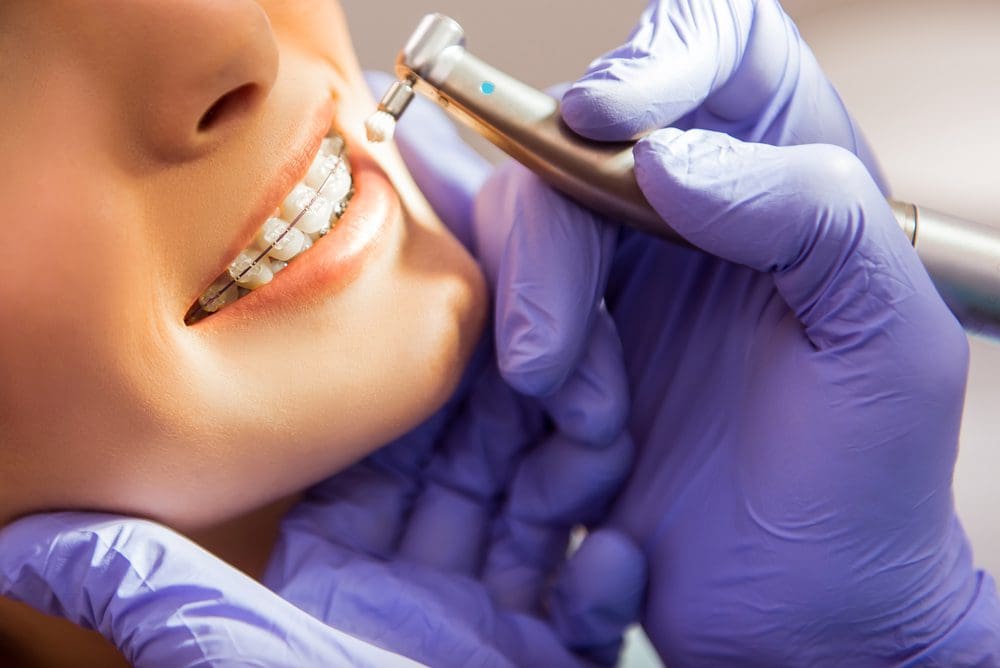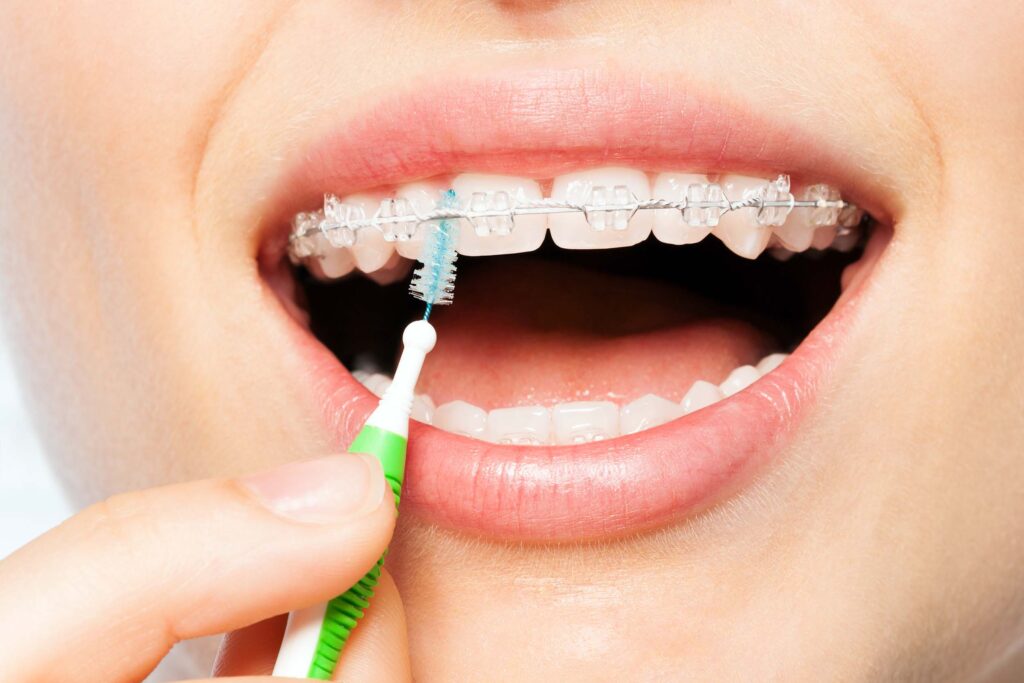Comprehensive Overview to Orthodontics Procedures for Dealing With Dental Misalignments
In the world of orthodontics, the journey to achieving a completely straightened smile includes a myriad of procedures tailored to correct dental imbalances. From typical braces to undetectable aligners and also medical choices, the area of orthodontics uses an array of services to resolve differing degrees of dental abnormalities. Comprehending the complexities of each treatment, including their systems, benefits, and possible downsides, is important in making notified choices concerning one's orthodontic treatment. As we navigate via the thorough overview to orthodontic procedures for fixing oral misalignments, the intricate information of each approach will unfold, losing light on the course towards a unified and functional oral positioning.
Orthodontic Procedures Overview

In enhancement to clear aligners and conventional braces, orthodontists may likewise recommend other interventions like headgear, palatal expanders, or retainers to address certain placement problems (orthodontics). These procedures are tailored per client's special requirements and may include a mix of treatments to achieve the desired results. Routine modifications and monitoring are crucial parts of orthodontic therapy to guarantee development is on track and to make any kind of needed modifications along the road. By undergoing orthodontic procedures, patients can not just attain a straighter smile but likewise boost their total oral wellness and feature.
Traditional Braces: Exactly How They Work
When thinking about orthodontic therapies for oral imbalances, standard dental braces stand out as a time-tested method for correcting teeth positioning. Typical braces consist of braces, wires, and bands that work together to use continual pressure on the teeth, slowly moving them right into the wanted positioning.
As pressure is used to the teeth via the dental braces, the bone bordering the teeth is improved to sustain the new tooth settings. Individuals will require routine adjustments at the orthodontist's office to make certain the braces proceed to use the appropriate pressure for efficient teeth activity.
Unnoticeable Aligners: Cons and pros
Invisible aligners supply a very discreet and practical choice to conventional braces for correcting dental misalignments. These clear, custom-made trays are essentially unseen when used, making them an appealing option for people seeking a more aesthetically pleasing orthodontic therapy. One of the key benefits of invisible aligners is their removability, allowing for much easier maintenance of oral hygiene compared to typical dental braces. Individuals can get rid of the aligners prior to eating or cleaning their teeth, lowering the threat of food obtaining stuck in the appliance and streamlining the cleaning process.

Surgical Orthodontic Options
Surgical treatments in orthodontics existing viable choices for attending to intricate dental imbalances that may not be effectively settled with standard orthodontic treatments. While invisible aligners and conventional braces can remedy lots of orthodontic issues, particular cases require medical treatment to achieve ideal results. Surgical orthodontic choices are usually advised for serious malocclusions, significant jaw disparities, and situations where the underlying bone structure needs alteration to achieve proper alignment.
One typical surgical orthodontic procedure is orthognathic surgical procedure, which includes rearranging the jaws to remedy practical problems such as problem talking or eating. This surgical procedure is usually carried out in collaboration with an orthodontist who helps straighten the teeth before and after the treatment. Surgical orthodontics may likewise include procedures to subject influenced teeth, get rid of excess periodontal cells, or improve the jawbone to develop an extra harmonious face profile.
Prior to considering surgical orthodontic options, people undergo a detailed assessment to identify the need and prospective benefits of such treatments. cumming invisalign. While surgical treatment might seem overwhelming, it can dramatically improve both the feature and aesthetics of the smile in cases where standard orthodontic therapies fail
Retainers and Post-Treatment Care

Failure to conform with post-treatment treatment directions can result in regression, where the teeth slowly move back towards their original placements. Consistent retainer wear, great oral health, and normal dental check-ups are crucial for keeping the results achieved with orthodontic surgical procedure and making certain the long-term security of the corrected dental positioning.
Verdict
To conclude, orthodontic treatments provide numerous alternatives for correcting oral misalignments. Conventional braces utilize steel brackets and wires to shift teeth into correct positioning. Undetectable aligners supply a more discreet alternative but might not appropriate for all instances. Surgical orthodontic choices are available for a lot more severe imbalances. Retainers are typically used post-treatment to maintain the brand-new alignment. On the whole, orthodontic procedures can efficiently improve oral health and aesthetic appearance.
As we browse via the detailed guide to orthodontic treatments for remedying oral imbalances, the complex details of each technique will unravel, losing light on the path towards a unified and useful dental positioning. - braces
One of the most common orthodontic treatments is the usage of braces, which consist of metal braces and cables that use gentle stress to gradually move teeth into the desired setting.When taking into consideration orthodontic therapies for dental misalignments, traditional dental braces stand out as a reliable approach for fixing teeth placing. Additionally, unnoticeable aligners may not be appropriate for intricate orthodontic concerns that need more substantial teeth movement, as they are commonly suggested for moderate to modest cases. Retainers are customized orthodontic gadgets created to hold teeth in their dealt with settings after the completion of orthodontic treatment.